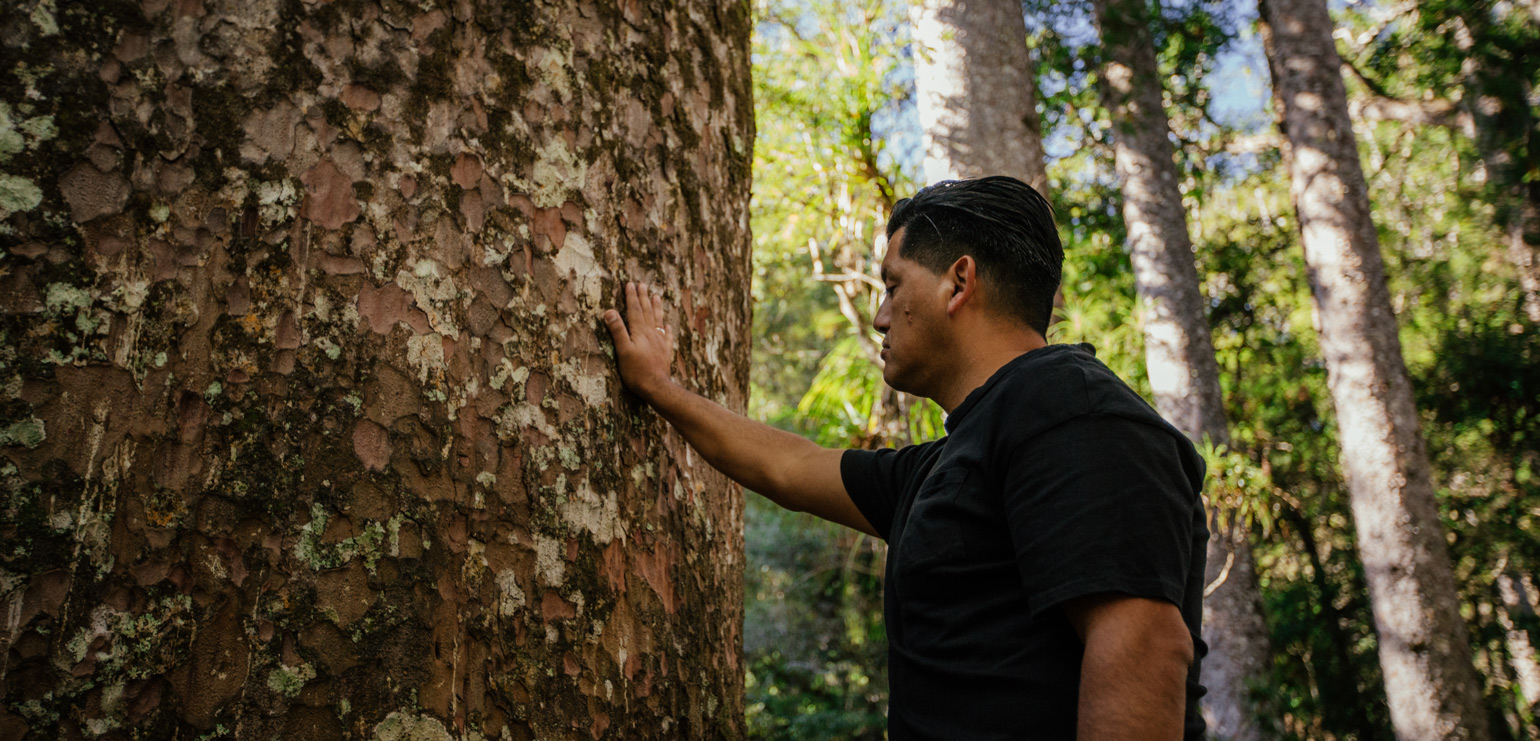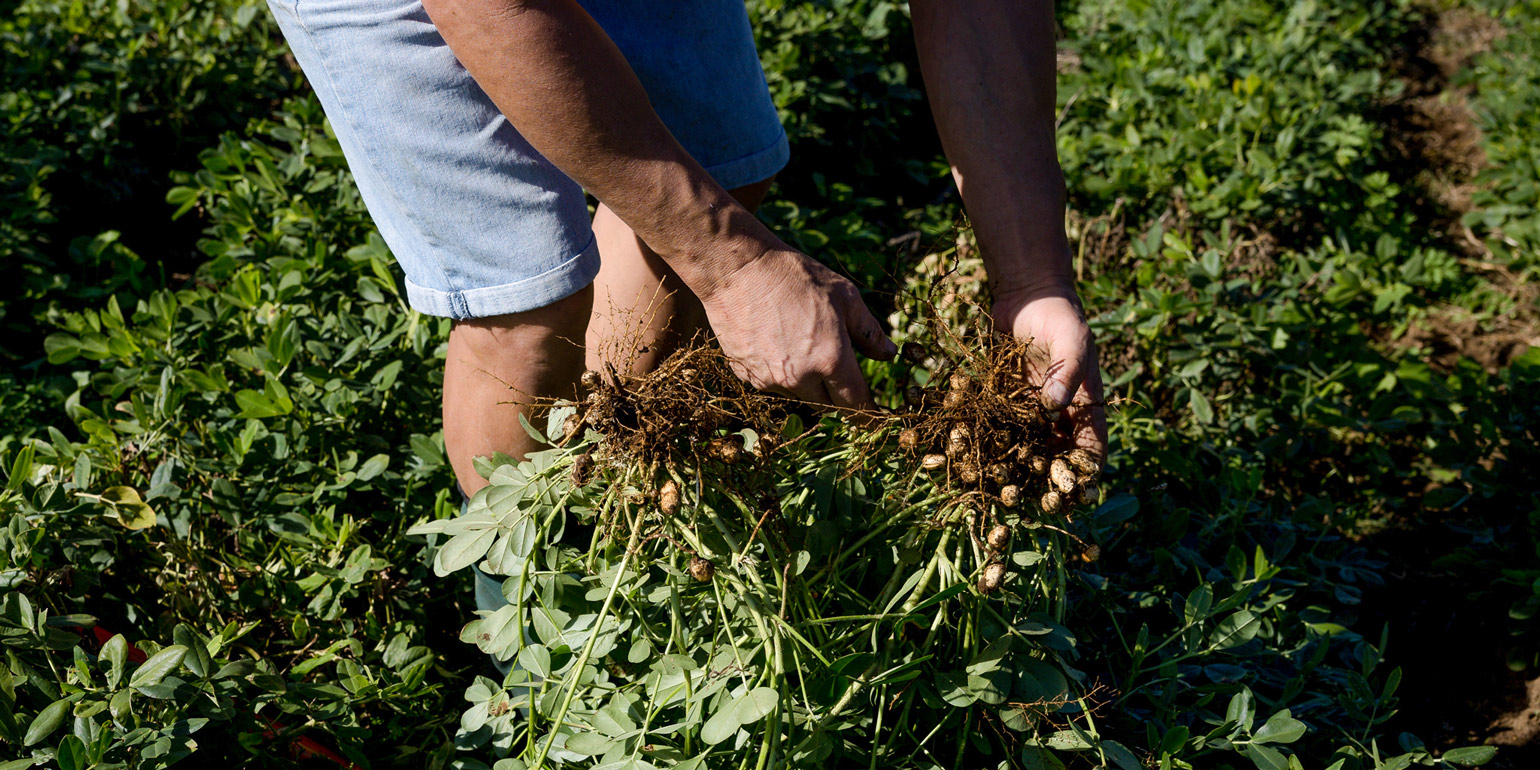Introduction and regional context
On this page

Growing our prosperity and wellbeing
Tikanga indicates that economic growth needs to be driven by whānau to translate into positive wealth opportunities across the rohe. Therefore, investments in education, infrastructure and workforce development may be among the most effective ways to spread and affect economic gains.
He Oranga: Through the land, the environment and the people we will thrive and prosper. Our approach to improving economic and social wellbeing is founded on three key principles: Equity, He Whakaputanga, and Kaupapa Māori. The way we work with iwi/hapū/Māori communities is integral to achieving our shared priorities and our engagement has been strengthened through this process. Through the challenges presented by COVID-19, we have developed new and collaborative ways of working together that are based on shared values of whanaungatanga and manaakitanga. These methods will be pivotal to ensuring activity in Taitokerau is led by the community, enabled by regional agencies, and supported by central government. As a group, we will address ongoing and systemic issues to bring about the revitalisation of our communities and create more sustainable change.
Mātauranga Māori Framework
At the Co-chair’s request, a Framework, grounded in He Whakaputanga, was designed to guide the members in their decision making. The members are indebted to Leanne Eruera for so generously sharing her skills and knowledge while she guided the development of the Framework which we now utilise to focus the region’s priorities and actions.
The Framework is based on the original principles and values of the He Whakaputanga partnership. The principles are:
- Tino Rangatiratanga, the voice of the people determine their path.
- Ōritetanga, equity in decision making and access to resources.
- Te Rongo me te Ātanoho, the right to peace and prosperity.
- Kaitiakitanga, protecting our taonga and treasures including the environment.
Values that underpinned the He Whakaputanga partnership agreement included:
- Whanaungatanga, kinship and familial connection.
- Tautoko, encourage, uplift and support.
In addition to these principles and values, we have also consulted a wellbeing framework and viewed all decisions through the lens of the labour market. Collectively this approach has guided the members to prioritise the following 3 key objectives:
- Objective 1 – Te Taiao: Ensure recovery from COVID-19 - related impacts on workforce and building workforce resilience to climate change and other economic disruptions (this includes health sector revisioning, and developing green skills).
- Objective 2 – Mātauranga: Support a productive economy through regional workforce planning and labour market intelligence in core backbone economic sectors (including construction and infrastructure, primary sector, digital, destination/tourism).
- Objective 3 – He Tāngata: Support skills training and education opportunities to enable whānau aspirations, especially wāhine, and to develop an equitable and inclusive workforce.
Regional Skills Leadership Groups (RSLGs) are independent advisory bodies and arose as part of the Reforms of Vocational Education (ROVE). The reforms require RSLGs to identify and support better ways of meeting future skills and workforce needs in our regions/ rohe across our welfare, education and immigration systems to meet the needs of businesses, industry bodies, employer and school leavers. The Group provides advice to Workforce Development Councils (WDC), Tertiary Education Commission (TEC) and local educational providers, to inform investment and create an educational system that is ready for the fast-changing future of skills, learning and work.
The Regional Workforce Plan outlines the logic, objectives, outcomes and actions that will be required to work towards our aspiration to stand connected with confidence and competence anywhere in the world. The membership approaches this aspiration by nurturing our taitamariki for future opportunities; growing a more resilient, sustainable and productive workforce; increasing Māori participation in training and in our workforce; and ensuring everyone has an equal opportunity to access and be part of the labour market – especially wāhine.
Taitokerau Workforce Development - key outcomes
- Nurture our taitamariki - our young people - for future opportunities
- Grow a more resilient, sustainable and productive workforce
- Increase Māori in education, training and workforce
- Everyone has equal opportunity to access and be part of the labour market - especially wāhine
Introduction from the Regional Public Service Commissioner
The whakapapa of Te Purunga ki Te Raki has its origins in the response to COVID-19 by businesses, Iwi Māori and community organisations during the first COVID-19 Lockdown 2 years ago – a response amplified by the echo of the 1918 influenza epidemic.
The first priority for our regional leadership was to support work already underway to protect health and to ensure our whānau could continue to put kai on their tables. At the same time our Taitokerau leaders recognised that Lockdown restrictions would significantly impact jobs and businesses.
This urgent challenge to wellbeing necessitated Taitokerau’s leaders to elevate and consolidate their leadership, which led to the establishment of an Economic Recovery Leadership Group (ERLG) that comprised Iwi Māori, central and local government agencies, business and community organisations.
The ERLG brought a breadth of leadership that we had never seen before. Through collaborative effort around 50,000 jobs were protected, principally through the
Government wage subsidy, hotlines were stood up to reach out to hundreds of employers, linking them to financial or leave support for their employees, business mentoring and in a fast-moving COVID-19 environment, access to up to date information.
At the core of this successful collaboration is the fact that Taitokerau is well connected and it’s leadership is grounded in the whenua and our communities. The ERLG understood the challenge to skills and economic activity and by working with manaakitanga and whanaungatanga, turned insights to action - centrally enabled, regionally supported, and locally led. In its new iteration, Te Purunga ki Te Raki brings a mātauranga Māori lens to our post COVID-19 recovery mahi and in doing so, captures the essence of a Taitokerau response to growing the prosperity of our region. The focus ahead is to ensure that Taitokerau’s recovery is sustainable, equitable, and addresses the workforce demand in critical sectors by placing our people at the centre and respecting their inherent mana and whakapapa.
Origins of our ingoa Te Purunga ki Te Raki
In September 2021, Matua Pita Tipene gifted the ingoa for the group and explained its origin. Te Purunga literally means ‘The Plug’. If you’re familiar with waka, you’ll know that the ‘puru’ is the cork in the hull. If the cork isn’t in place, you’ll be continuously bailing water – or sinking. Metaphorically it means ‘identifying and closing the gaps’ but it also means – building capacity, enhancing capability, advocating and persevering.
This Regional Workforce Plan aims to plug the gap.

Regional workforce priorities
Achieving these workforce priorities signals to the world that whānau are living their aspirations, while experiencing all that is good and fundamental to their wellbeing.
They stand proud, culture to culture, people to people, business to business. Our tamariki need a mix of skills to thrive in a world that is rapidly changing around us. When the time comes to measure the success and performance of the reginal skills strategy for Taitokerau it is out spirit of learning; sharing of information and advice; awareness and easy access to the skills we need, regardless of where we live in our rohe that must be top-of-mind. It’s what we do today that will matter most tomorrow.
We are proud, strong, resilient and humble people leaning forward, ready for change. It is better that we as a region lead this change, as the days of having it done to us are gone. The key is collaboration among all parties, for when all is said and done, it is the relationships we build that are one of our most powerful and precious taonga.
Rationale for selecting key priorities and connection to evidence and stakeholder insights
(In line with the principles and values of our Mātauranga Māori Framework and objectives):
Te Taiao
- Our overall wellbeing, and most importantly the wellbeing of our workforce is imperative. Health is critical so we must reimagine health care provision and improve the future skills pipeline for the health and community care workforce – providing mahi |and up-skilling opportunities across the rohe for our whānau.
- Increasing workforce resilience - including climate change impacts across both supply and demand sides of the labour market and cutting across multiple sectors of the economy – to be ready for the next economic shock and promote home as the best place in the world to live, to work, to raise our tamariki.
Mātauranga
- Housing and infrastructure are critical workforce needs and an immediate opportunity for the region to attract whanau, especially wāhine, to the workforce. Providing clear pathways and training is a significant driver to addressing workforce gaps.
- Awhi mai – Awhi atu – The Regional Workforce Plan acknowledges and gives awhi to the mahi already taking place while working to increase collaboration across agencies and strategies.
He Tāngata:
- Enabling the community voice to come through, to stand resolute on regional enablement, and petition for system changes at the national level.
- To fix what isn’t working and build on what is, through accountability, transparency and a single kaupapa (meeting the needs of whānau). This includes and is not limited to He Tāngata, He Whenua, He Oranga —the Māori Economic Development Strategy, the Strategic directions of the Iwi in Taitokerau, and the other regionally developed work plans like Taitokerau Northland Economic Action Plan, Workforce Development Council plans, Council Long Term Plans and the many plans already in development and delivery with the aim of regional development and improvement.

